Entrepreneurial Support Program(EntryCourse)
GTIE GAP Fund 2024 Entry Course
Entry course is the GAP fund of the first step to start a business in the near future for researchers and students of GTIE universities. Here is the list of successful teams which receive Entry Course funding in 2024.
Click here for details of the open call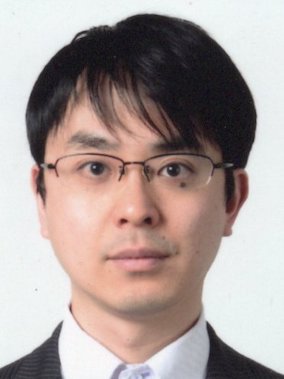
Superlative Porcelain Jewelry Made with Lost Technology and Advanced Techniques
Elaborate and intricately shaped "ceramic buttons" and "porcelain jewelry" that are difficult to reproduce using modern ceramic techniques have been discovered. As a result of field research conducted at a potterys, it was discovered that these items were made by artists who worked in Arita, Saga Prefecture, during and after World War II. These are micro-artworks produced by lost technology that were buried in the history of the war and disappeared from the stage without being appreciated for their artistic value in the impoverished post-war period. 80 years ago, they ended in a quiet boom. However, it is thought that porcelain jewelry could be recognized as valuable since design and art were more widely recognized by the public. We have launched a project to revive porcelain jewelry. The aim of this project is to scientifically analyze the old porcelain jewelry and combine the lost technology with current science and technology to create superbly crafted ceramics with high artistic value.
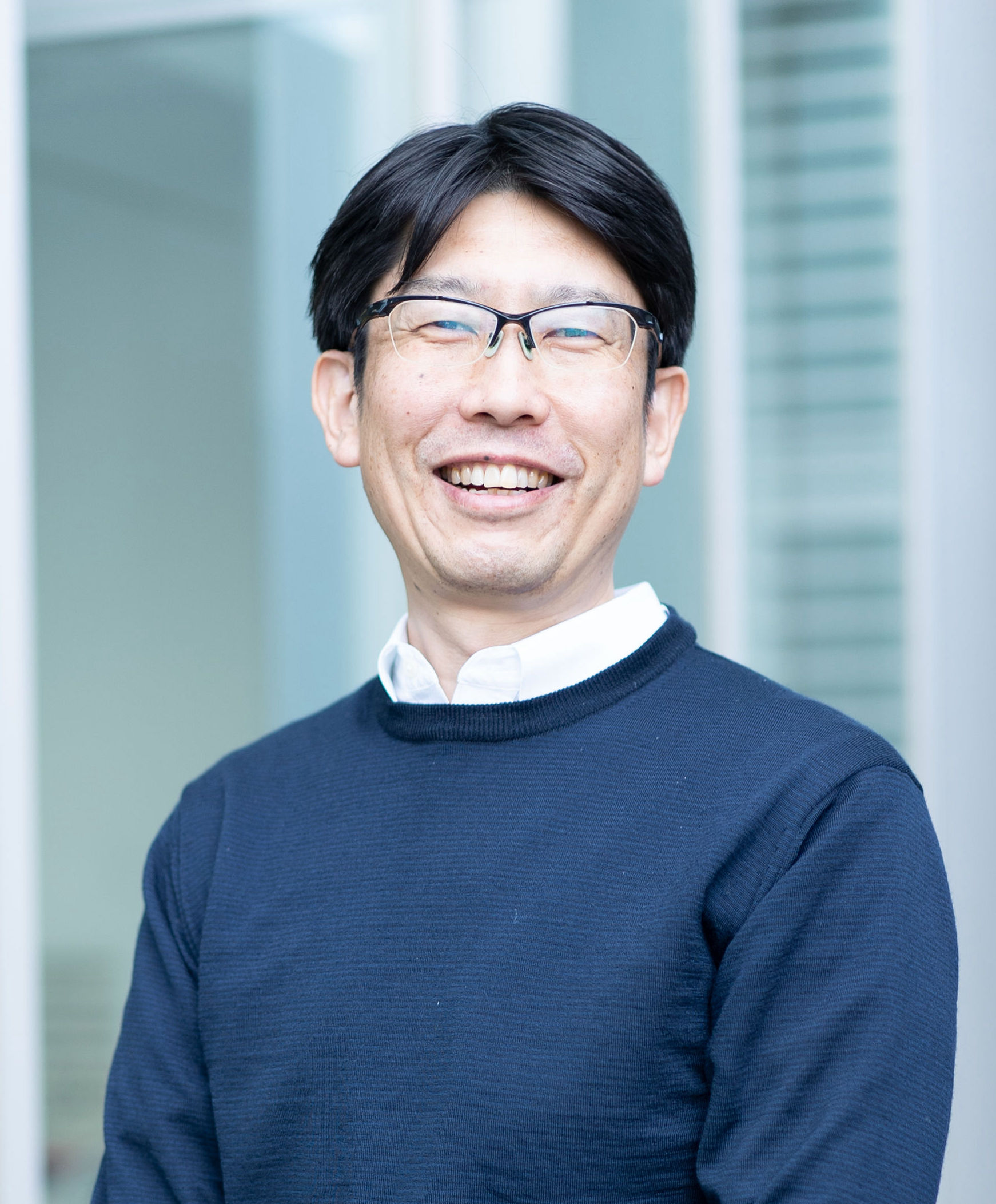
Social implementation of Protein Crystal Materials (PCMs)
The diversity of enzymes produced by various natural microorganisms is vast, and many valuable enzymes not currently used in industry are considered latent. This project aims to revolutionize the enzyme industry using innovative Protein Crystal Material (PCM) technology. PCM technology addresses the production cost and stability issues of valuable enzymes through in-cell protein crystallization.

Electrostatic Adsorption Handling System for Large-Area Ultra-Thin Semiconductor Wafers in Power Semiconductor Manufacturing
This project aims to research and develop an electrostatic adsorption handling system for large-area ultra-thin semiconductor wafers in power semiconductor manufacturing, as well as to sell patent usage rights and manufacture and sell the system. The primary potential customers are manufacturers of power semiconductor (power IC) production equipment used in autonomous driving systems and smart power systems. In power semiconductor manufacturing, there is a trend towards larger and thinner wafers, necessitating innovative handling devices to accommodate these advancements. This technology employs an electrostatic adsorption device with flexibility on the surface, enabling free adsorption, detachment, and positional adjustment of the wafers without causing damage. The business strategy involves initially securing revenue through licensing and then expanding to the fabrication (fabless) and sale of handling modules after securing sufficient funding
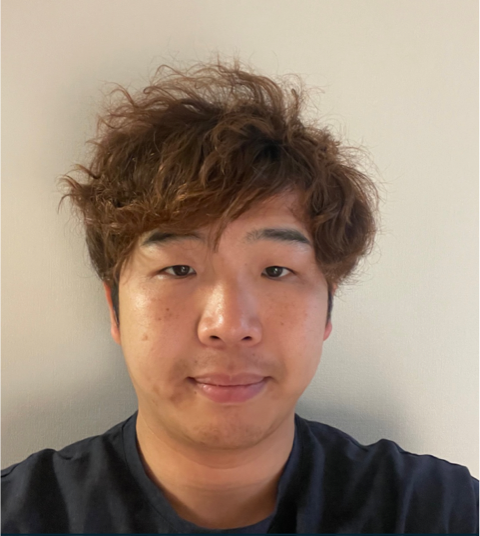
Biopharmaceuticals using novel drug delivery methods
The startup company will create new biopharmaceuticals by using nanotechnology-based drug delivery system (DDS) technology based on polyphenol-conjugated polymers and metal ions to improve the activity and reduce the side effects of therapeutic molecules, such as biomolecules. This DDS technology is a novel DDS platform technology, which has the potential to load a variety of therapeutic molecules by simply mixing them in aqueous solution. This technology can achieve molecule delivery to tissues where conventional DDS technologies have failed to deliver efficiently. We plan to differentiate this DDS technology from existing technologies, and to find therapeutic molecules candidates that can be delivered with this technology. We plan to license out the technology to pharmaceutical companies that develop biopharmaceuticals for patients whose medical needs are not adequately met by existing drugs, while developing new biopharmaceuticals on its own.
.jpg)
Study on the social implementation of advanced technology for controlling rice starch digestibility that contributes to the primary prevention of lifestyle-related diseases
This study aims to apply for the social implementation of the patented technology (Patent Application No. 2021-170635, Chiba University) to control rice starch digestibility. The harvested raw rice is heated at around 65 to 70°C immediately after harvest to modify the cell wall components of the starch-stored cells at the molecular level. After this treatment, the treated rice can be sustained to reduce the permeability of digestive enzymes at the postprandial stage, even if the rice is postprocessed, including drying and cooking. This treatment condition will not influence the degraded taste of cooked rice but has only reduced its starch digestibility. Because such a preliminary heating system for the harvested raw rice can be attached to the existing rice drying facility, it could have the possibility of a newly developed rice treatment system. Thus, this research project will challenge the possibility of establishing a startup with the business seeds of developing a rice treatment system and producing controlling starch digestibility rice obtained through the treatment.
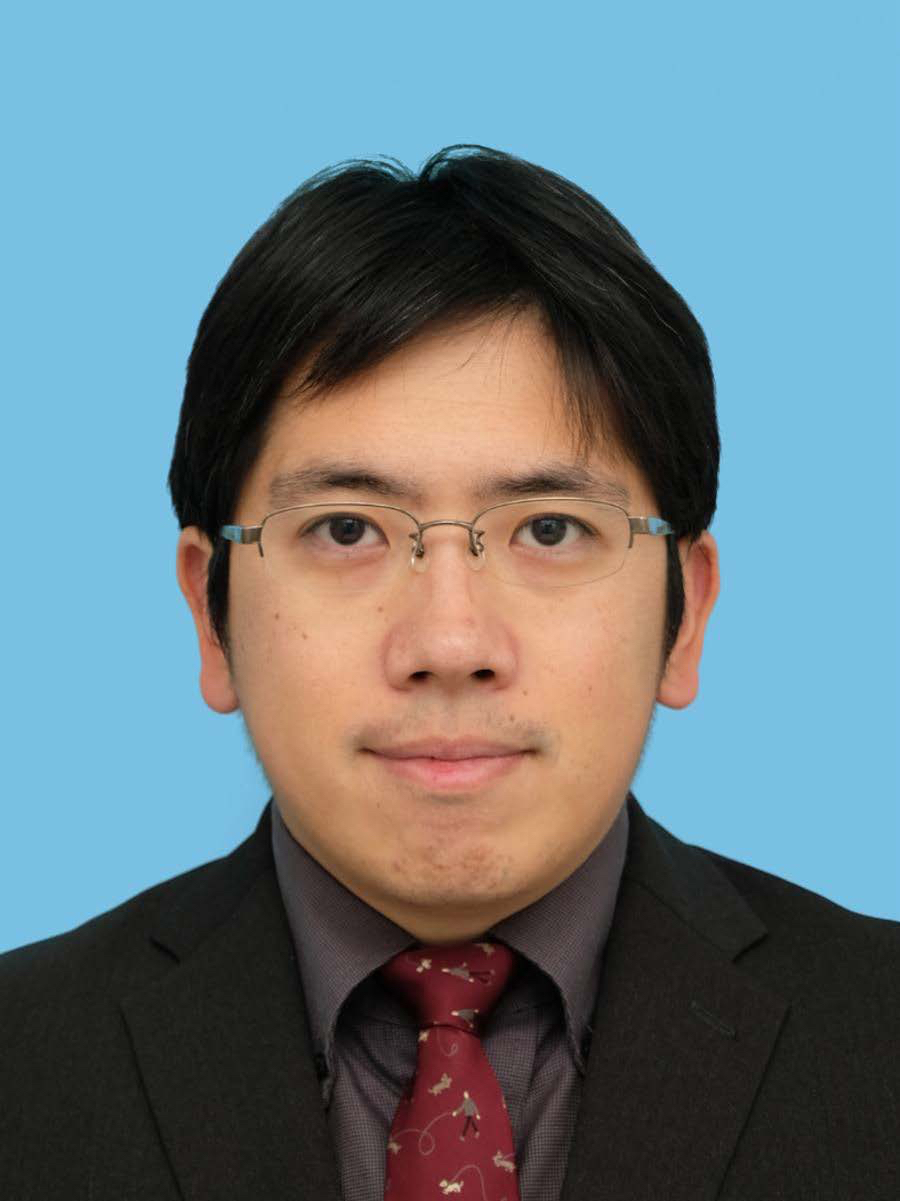
Validation study for the drug discovery of gene-targeted small-molecule
As drug discovery continue to advance, rising healthcare costs and increased patient burden from frequent hospital visits remain significant societal challenges. We have developed a system and expertise to use AI to predict the location of specific structures (G-quadruplexes, G4) on disease-causing genes and to identify small molecule drugs that bind to them. Small-molecule drugs can be formulated as tablets rather than injections, allowing them to be administered at home. They can also be manufactured more cost-effectively than injectable drugs, potentially reducing healthcare inequalities. This project aims to develop basic research using AI technology to identify G4 structures as drug targets and to support the discovery and selection of small molecules targeting these structures.
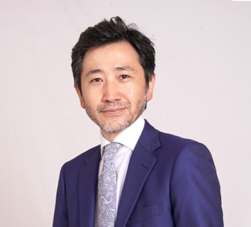
Research and development of novel facial and vocal biomarkers based on machine learning
models for predicting heart failure
Heart failure is a chronic disease that, once it develops, is never completely cured and progresses with repeating remission and exacerbation, significantly reducing the prognosis and quality of life of patients. On the other hand, early detection of heart failure exacerbations followed by appropriate therapeutic intervention can prevent severe disease and extend healthy life expectancy. This research and development aim to develop a novel biomarker that predicts the state of heart failure based on changes in facial expressions and voice, thereby proposing a solution for the early detection of heart failure exacerbations, which is one of the most important issue common worldwide. The project also aims to solve various medical and social problems such as traffic accidents caused by heart failure.
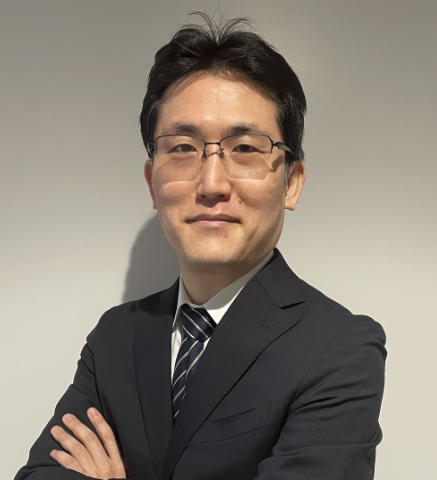
Research and development of the world's first service robot for retrieving and storing items to enhance well-being
This project aims to provide the world's first service robot for retrieving and storing items, contributing to the resolution of various well-being challenges faced by society, such as improving quality of life (QOL) and addressing labor shortages. The robot has the functions of storing items located in user-specified areas and retrieving specified items to deliver them to the user.
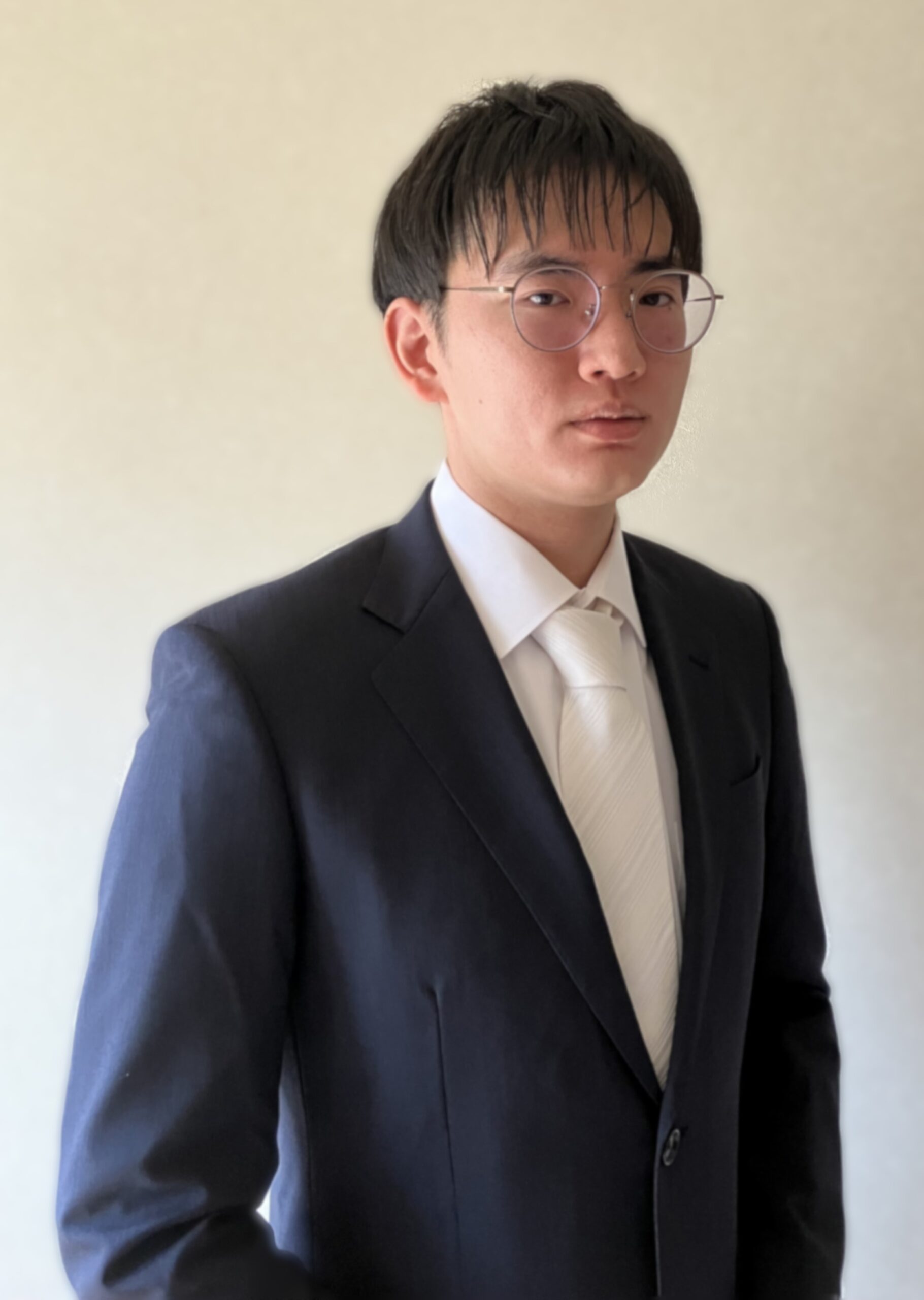
Development of new therapeutic agents to prevent acute opioid-related deaths
We are establishing a pharmaceutical company to develop new drugs to prevent deaths from opioid overdose, which has become a social problem mainly in the United States. In recent years, synthetic opioids have emerged as a predominant cause of drug-overdose-related fatalities, causing the “opioid crisis.” Because naloxone, the existing antidote, has several drawbacks, it is necessary to develop MOR antagonists with more favorable profiles. In the course of our research, we have discovered a new drug candidate which has a completely different structure from naloxone and is approximately 130 times more potent. We are currently introducing this candidate drug into the clinic and will continue to develop a medicine to treat respiratory arrest due to acute opioid poisoning.
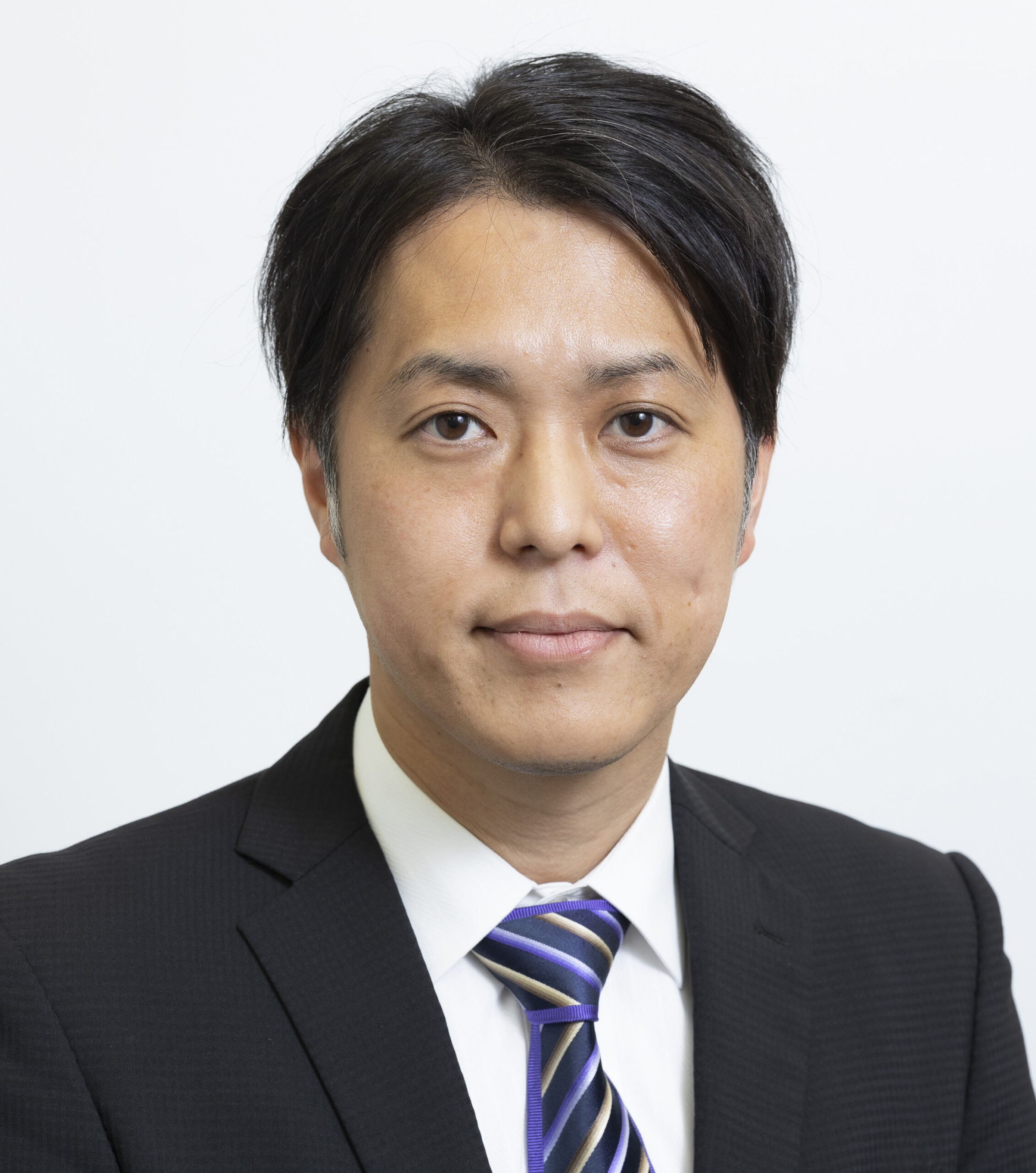
Development of advanced cellular medicines based on an intracellular mitochondria delivery technology
The aim of this project is to develop advanced cellular medicines based on intracellular mitochondria delivery technology. In the entry course, mitochondria-rich mesenchymal stem/stromal cells (MSCs) will be prepared using intracellular mitochondria delivery technology, and their therapeutic efficacy will be evaluated in liver cirrhosis model mice. In addition, this project also aims to develop mitochondria-rich MSCs based cell sheets for disease treatment. Through these activities, we will demonstrate that intracellular mitochondria delivery technology will be useful for improving the effectiveness of cellular medicines, contributing to the development of advanced cellular medicines.
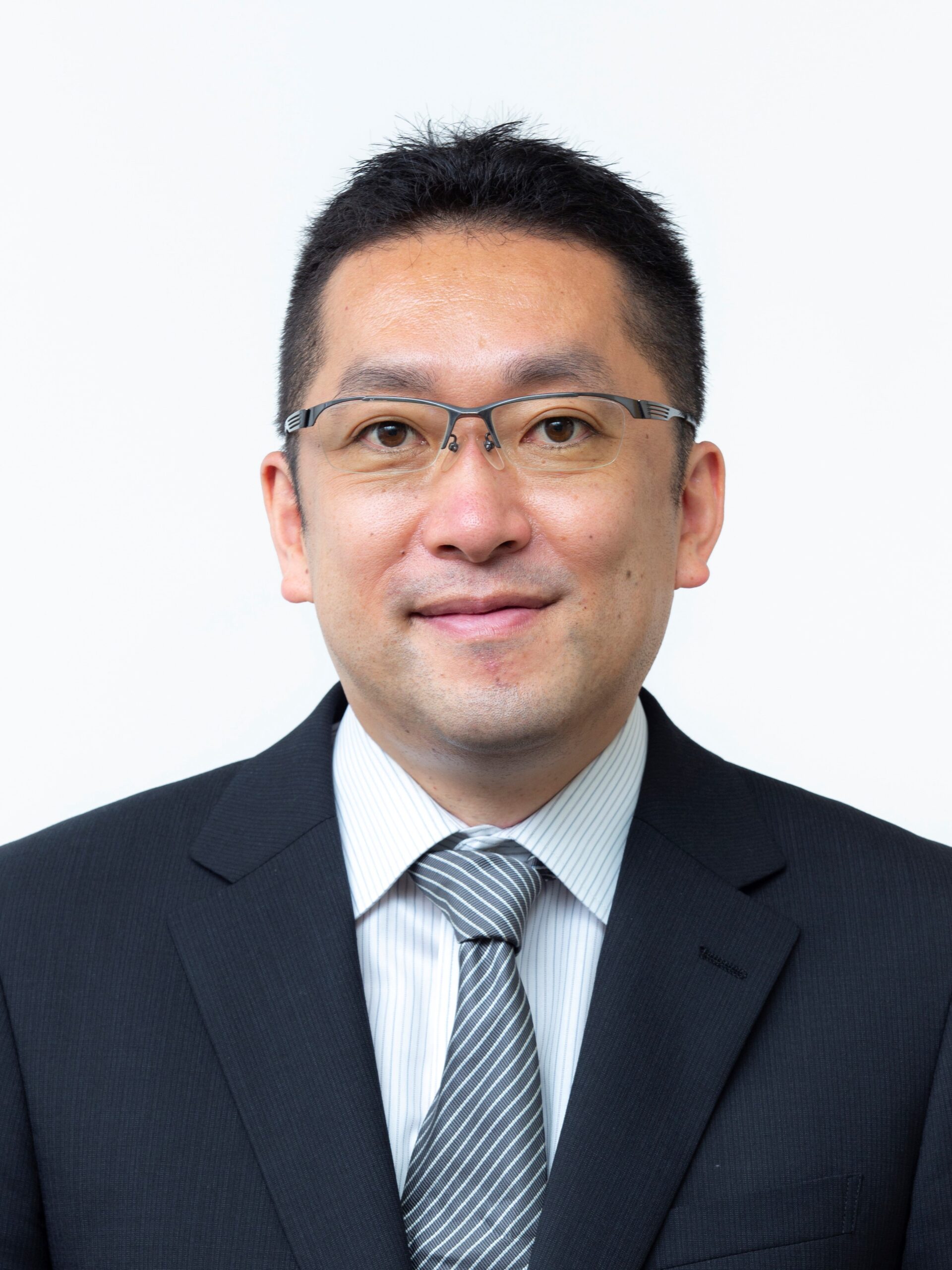
Development and sales business of smart helmets equipped with health management systems that protect the safety and security of outdoor workers
We develop and sells wearable sensor products capable of analyzing body fluids, including sweat and urine. The main products are dehydration and heat stroke sensors that enable continuous and long-term monitoring of ions and lactate in body fluids. We develop and sells smart helmets equipped with health management systems that protect the safety and security of outdoor workers.
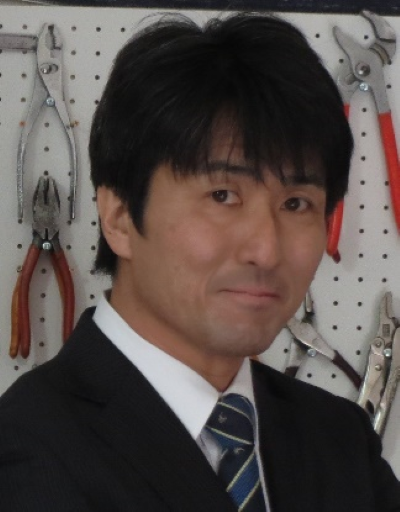
On-board CO2 absorption and capture system using atomization technology
From 2030 onward, it is predicted that CO2 regulations will be enforced, and the introduction of new carbon taxes will begin in earnest. Consequently, penalties for CO2 emissions from manufacturers producing commercial vans/trucks/ships are expected, along with considerations for carbon taxes per van/truck for users such as transportation and rental companies.
Therefore, we propose a business model focusing on "CO2 emissions income," which includes providing onboard CO2 absorption and capture systems through retrofit devices using Carbon Neutral (CN) fuels for small to medium-sized trucks and ships. This leverages our research achievements in controlling the atomization of spray droplets through surface micro-texture technology. We also aim to sell the captured CO2 to material, chemical, and fuel manufacturers, and explore carbon credit trading opportunities.
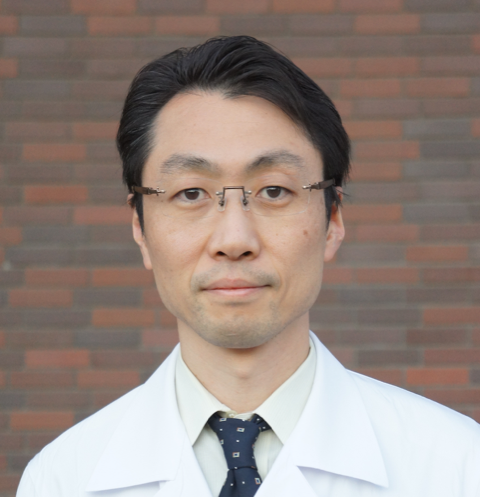
Toward the offering of a novel medicine for cardiomyopathy
Cardiomyopathy is an intractable heart failure with a high risk of sudden death. We have identified a novel cardiomyopathy-causing gene from genetic analysis for patients of familial hypertrophic cardiomyopathy and the protein encoded by the gene ameliorates cardiac hypertrophy. The goal of this project is to provide a novel medicine using the protein for cardiomyopathy and other intractable heart failure who are risk for life-threatening conditions and have no effective treatment.
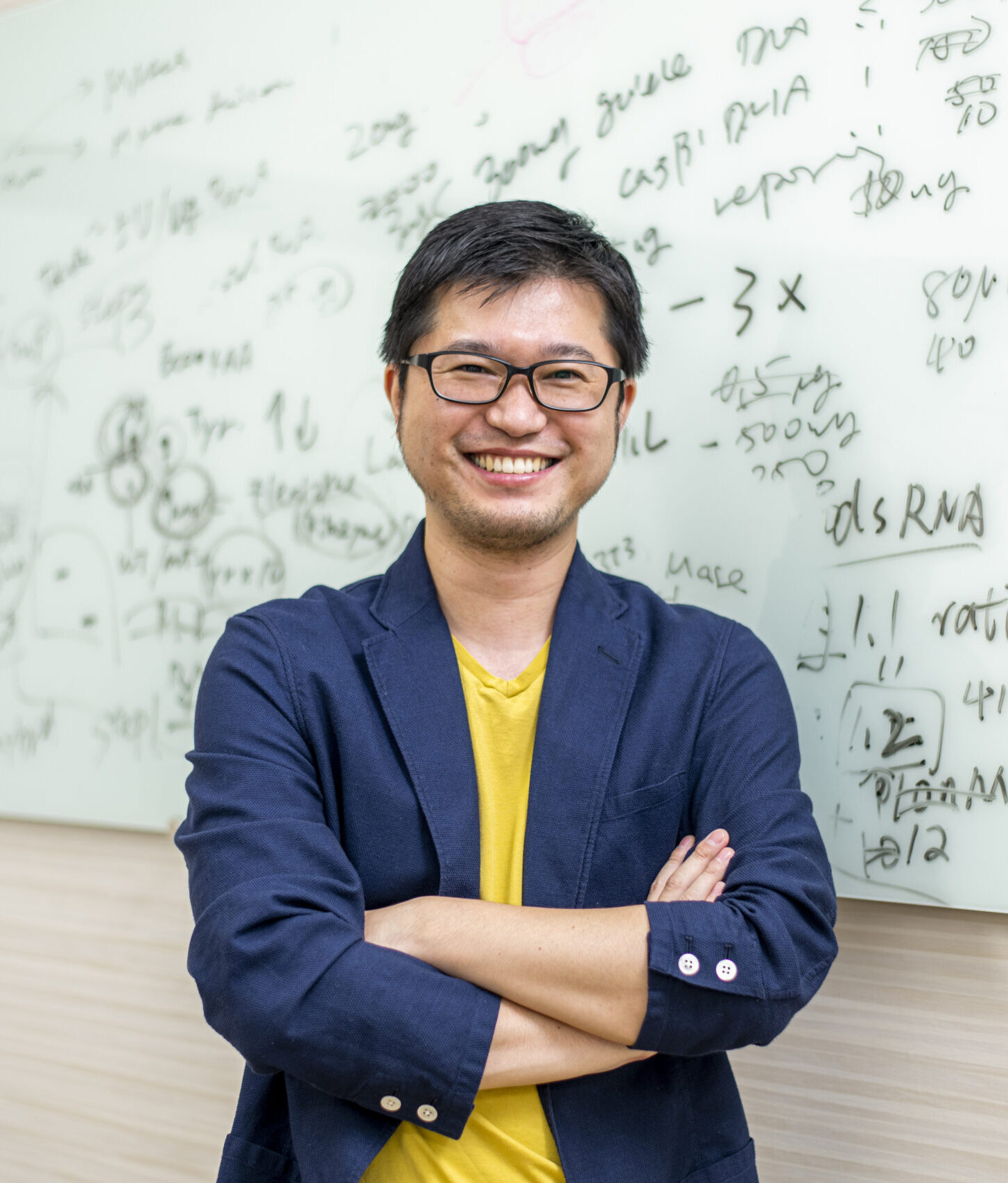
Mitochondrial translation-monitoring drug screening platform for mitochondrial diseases
Mitochondria are the major source of energy in the cell, producing ATP via oxidative phosphorylation and maintaining cellular homeostasis. Mitochondria have unique genomic DNA to encode their own proteins and unique translation systems to generate them. Since intramitochondrial translational activity is responsible for ATP-producing capacity, its abnormalities are known to cause diseases such as MELAS, MERRF, and Leigh syndrome. These diseases are collectively called “mitochondrial diseases” because they are based on abnormal mitochondrial function and cause multiorgan deficiencies. Mitochondrial diseases are designated as intractable diseases in Japan. Our goal is to establish a new basis for the treatment of mitochondrial diseases by “activating mitochondria via regulating mitochondrial translation”. In particular, we aim to create a drug discovery platform with original technologies that directly measure mitochondrial translation and to develop compounds that restore translation abnormalities in mitochondrial diseases. We hope to provide clear guidelines for therapeutics in mitochondrial diseases and offer new treatment opportunities for mitochondrial diseases.

Utility of a three-dimensional neutron distribution characterization system for boron neutron capture cancer therapy
Boron neutron cancer capture therapy (BNCT) is a minimally invasive form of cancer radiotherapy that is less stressful on the human body than surgery such as laparotomy. In BNCT, if the amount of neutrons irradiated to the affected area differs by more than 5% from the target dose, a lack of cancer cell removal or normal cell cancerisation is caused. Therefore, it is necessary to obtain the neutron distribution before irradiation and correct the irradiation accuracy. In order to realise real-time measurement of three-dimensional neutron distribution, the R&D aims to construct a solid phantom based on a neutron detection sensor using organic/inorganic hybrid perovskite semiconductors (HOIP) with sensors arranged in three dimensions. One of the challenges in the field is that neutron measurements are performed by placing a gold foil in a water bath phantom, but even a single point takes several hours to measure, which is a rate-limiting factor for measurement accuracy and treatment planning. The development of this sensor system will therefore make it possible to obtain three-dimensional information on neutron quantities in a short time, which is expected to increase the number of treatments per institution and their accuracy.